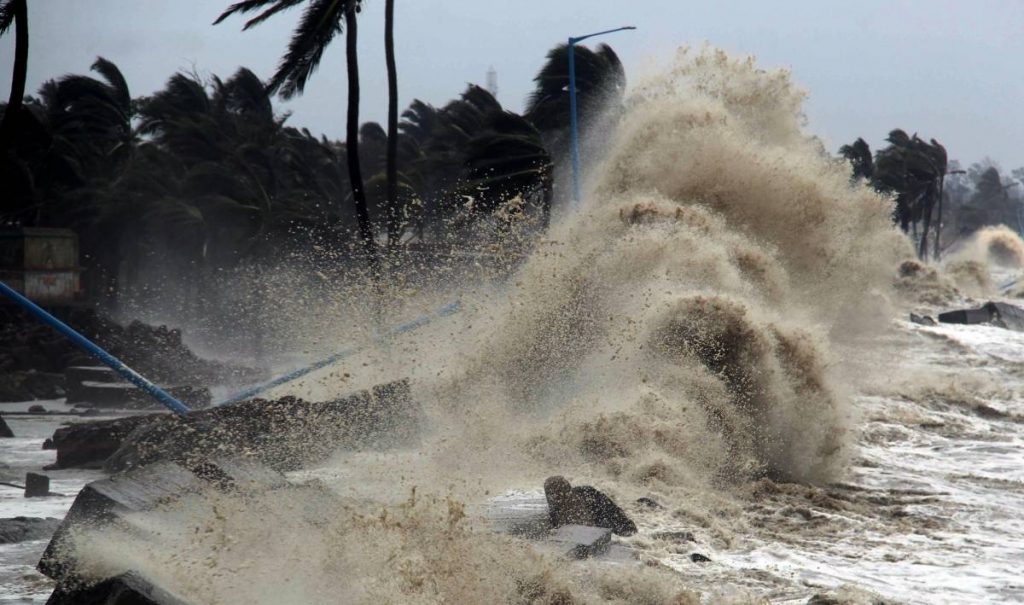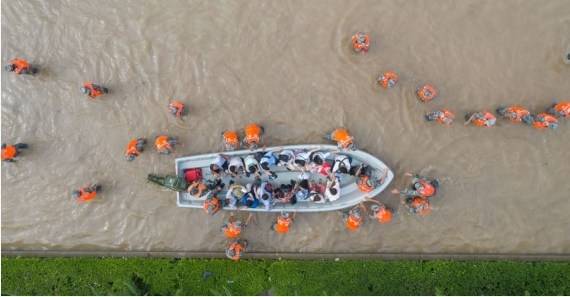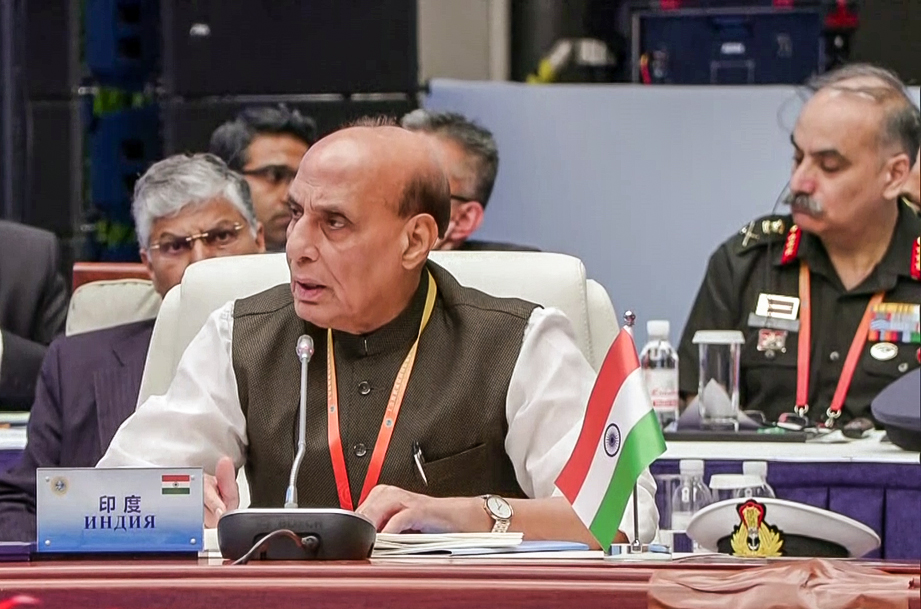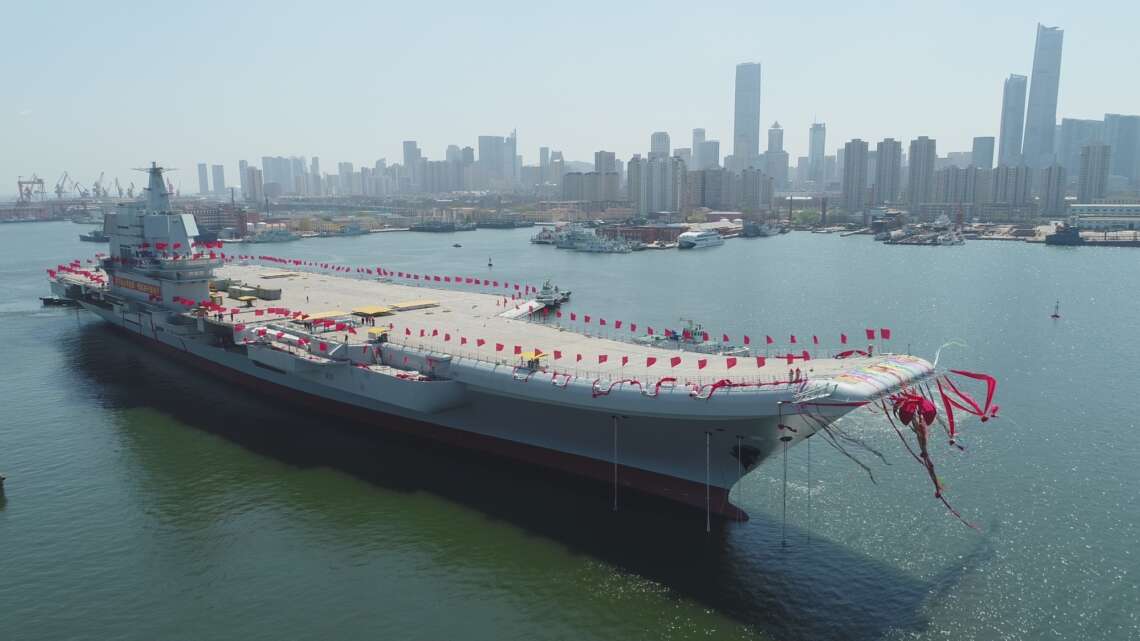The report shows that every part of Asia was affected in 2020, from the Himalayan peaks to low-lying coastal areas, from densely populated cities to deserts and from the Arctic to the Arabian seas….reports Asian Lite News
Last year in Asia, tropical cyclones, floods and droughts induced an estimated average annual loss (AAL) of several hundred billion dollars, with a latest report from the World Meteorological Organization (WMO) estimating the losses at approximately $238 billion in China, $87 billion in India and $83 billion in Japan.
As per the UN Economic and Social Commission for the Asia and the Pacific (ESCAP) estimate, the average annual loss is expected to be as high as 7.9 per cent of GDP ($7.5 billion) for Tajikistan, 5.9 per cent of GDP ($24.5 billion) for Cambodia and 5.8 per cent of GDP ($17.9 billion) for the Laos, the WMO ‘State of the Climate in Asia 2020’ report said on Tuesday.
Even when the highest AALs are associated with drought, the floods and storms affected approximately 50 million people and resulted in more than 5,000 fatalities in 2020, below the annual average of the last two decades of 158 million people affected and about 15,500 fatalities, the WMO said and added: “This is a testimony to the success of early warning systems in many countries in Asia.”

The report also said that the true impacts of Covid-19 on food security and nutrition are yet to be established.
“But compared with 2019, the number of undernourished people in 2020 increased by 6 per cent in South-East Asia and West Asia, and by 20 per cent in South Asia. Climate-related disasters compounded the problem,” it said in the report.
The report shows that every part of Asia was affected in 2020, from the Himalayan peaks to low-lying coastal areas, from densely populated cities to deserts and from the Arctic to the Arabian seas.
“Weather and climate hazards, especially floods, storms, and droughts, had significant impacts in many countries of the region, affecting agriculture and food security, contributing to increased displacement and vulnerability of migrants, refugees, and displaced people, worsening health risks, and exacerbating environmental issues and losses of natural ecosystems,” said WMO Secretary General Professor Petteri Taalas.

The report provides an overview of land and ocean temperatures, precipitation, glacier retreat, shrinking sea ice, sea level rise and severe weather. It examines socio-economic impacts in a year when the region was also struggling with the Covid-19 pandemic, which in turn complicated disaster management.
“Combined, these impacts take a significant toll on long term sustainable development, and progress toward the UN 2030 Agenda and Sustainable Development Goals in particular,” he said.
“Amidst the pandemic, countries are hit by a range of disasters and have to deal with the increasingly damaging impacts of climate change,” said ESCAP Executive Secretary, Armida Salsiah Alisjahbana.
“Fewer than 10 per cent of the SDG targets are on track to be achieved by 2030. The most alarming are regressing trends on climate action (Goal 13) and life below water (Goal 14): both of which are related to disaster resilience.”

The report also mentioned, in 2019, approximately three fourths of mangroves in Asia were located in Bangladesh (24 per cent), Myanmar (19 per cent), India (17 per cent) and Thailand (14 per cent) and how mangroves in Bangladesh, a low-lying state, were exposed to tropical storms and decreased by 19 per cent from 1992 to 2019.
Forests absorb carbon dioxide and are an important carbon sink. Between 1990 and 2018, Bhutan, China, India, and Vietnam increased their forest cover. But forest cover declined in Myanmar (26 per cent), Cambodia (24 per cent) and the Democratic People’s Republic of Korea (12 per cent), it said.
A positive thing that the report pointed out was that Asia is currently well placed to respond to extreme weather events and is among the regions with the greatest capacity for Multi-Hazard Early Warning Systems (MHEWS).

“But the costs of extreme events are rising, due in part to increasing exposure. A high proportion of existing critical infrastructures are in multi-hazard risk hotspots, which can lead to significant disruption in economic activity when natural disasters occur. For instance, about a third of energy power plants, fibre-optic cable networks and airports, and 42 per cent of road infrastructure, are in multi-hazard risk hotspots in the Asia-Pacific,” it said.
Also, increased heat and humidity are forecast to lead to an effective loss of outdoor working hours, with a potential cost of many billions of dollars, the report added.
Cyclone Amphan, one of the strongest ever recorded, hit the Sundarbans region between India and Bangladesh in May 2020, displacing 2.4 million people in India and 2.5 million people in Bangladesh.
“Many a weather and climate-related displacements in Asia are prolonged, with people unable to return home, integrate locally or settle elsewhere,” it said.
The report combines input from a wide range of partners including the ESCAP and other UN agencies, national meteorological and hydrological services as well as leading scientists and climate centres.
It was published by WMO ahead of the UN Climate Change Conference, COP26, as one of a series of regional analyses to inform decision makers and policy makers as well as regional and national investment.














